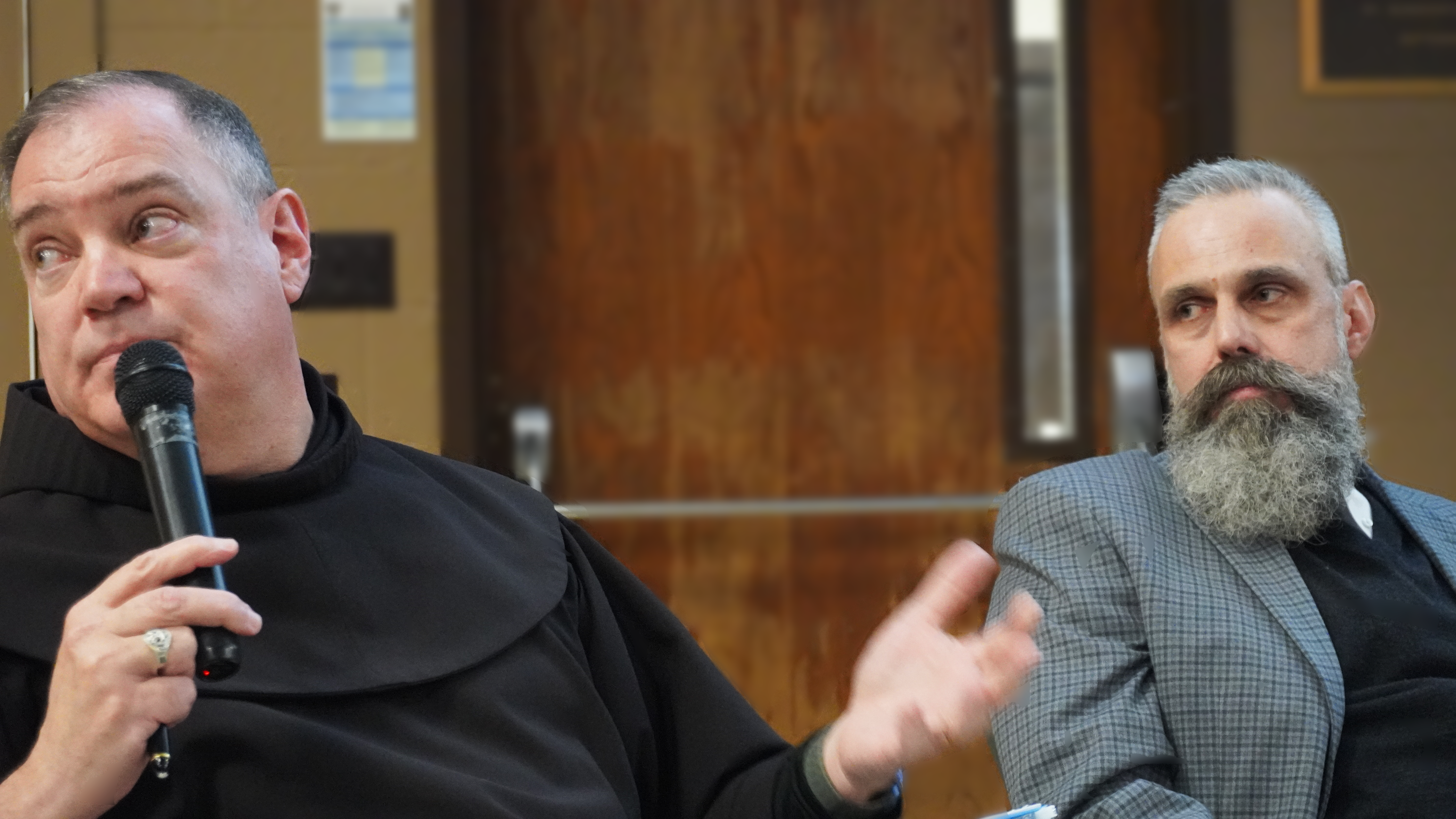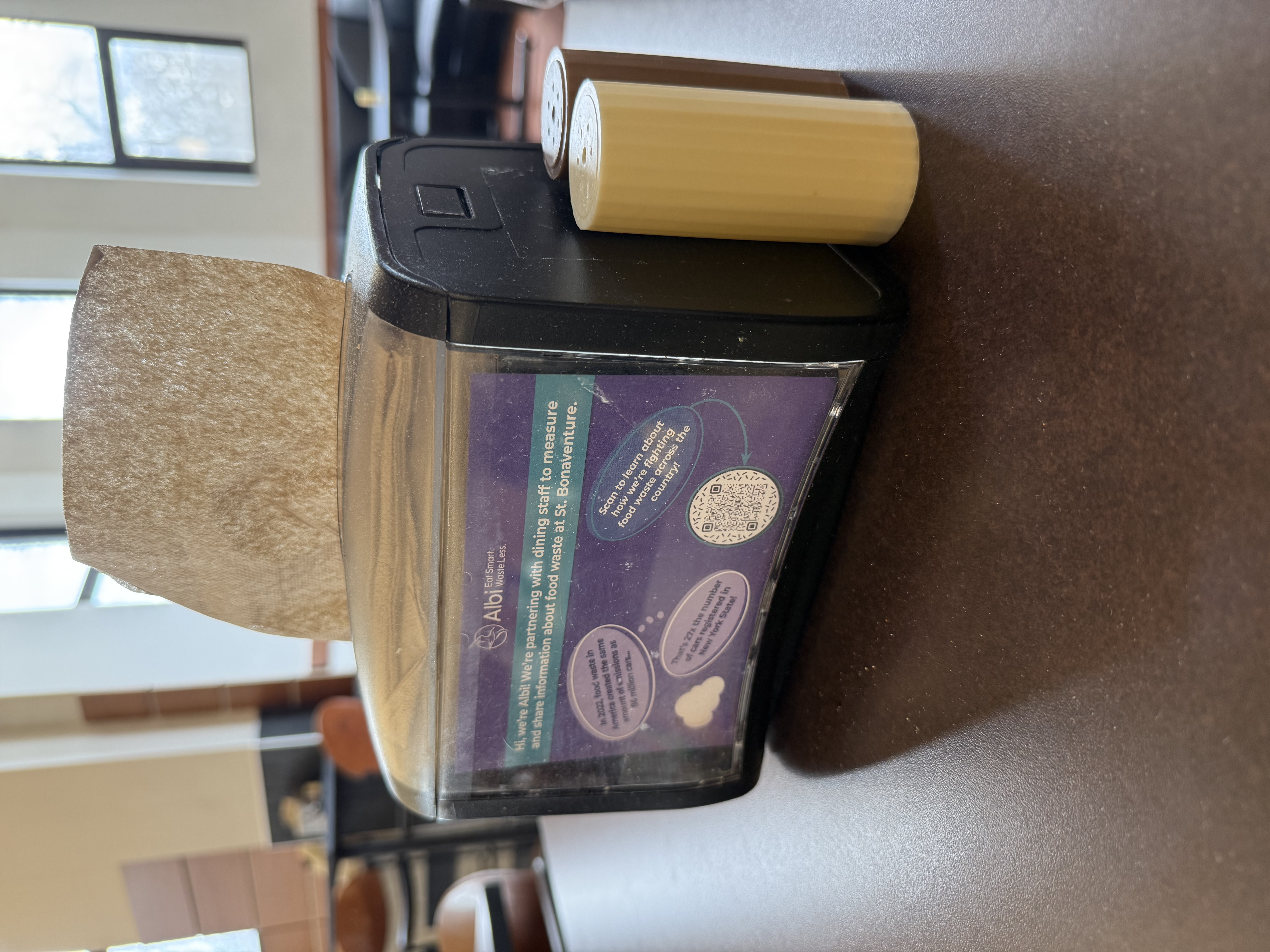Alexandra Salerno
Advisory Editor
“I hate their music. They’re so fake.”
In 2011, assistant professor of marketing Paul Barretta was a Ph.D. of marketing candidate at The University of Texas Pan American. He never imagined the remark made by one of his students about a ‘fake’ recording artist would spark an idea for the research project he eventually spent his next four years working on.
“I had teamed up with a professor who was supposed to work on a border study economics research project that fell through,” Barretta said. “The student left, and we got to talking and we thought about what does make an artist real or fake.”
From there, Barretta and his research partner, Michael Minor, professor of marketing at University of Texas Pan American, began with qualitative research about what made music authentic. They commenced with personal interviews before moving on to a larger survey.
According to Barretta, authenticity has been studied in various forms, including the authenticity of the Irish heritage and Irish pubs.
“There’s been some research about authenticity in general, and one of the things researchers have zeroed in on is a geographic region,” he said. “So we chose Irish and Celtic music.”
Barretta and Minor showed videos of four unknown Irish bands to survey-takers and followed with questions about how authentic those bands were.
“It was fun to see what made people think it was authentic,” Barretta said. “For example, some bands used bagpipes in their music, but they weren’t Irish. Some bands were Irish, but they didn’t use bagpipes.”
Following this preliminary study, Barretta and Minor concluded instruments, accents and lyrics were all factors in what made people believe certain music was authentic. Although the bands used in the survey were all-but-unknown, a comment left by one of the survey-takers caught Barretta’s attention.
“Someone left a comment saying, ‘I wonder how people who have never heard of this band would rate them. I love them, so I gave them high evaluations,’” Barretta said. “This prompted study two of knowing an artist versus not knowing.”
The second study, which randomly showed survey-takers one of 10 videos with half being known artists and half
being unknown artists brought Barretta and Minor to look at how music is marketed.
“What occurred to us is you cannot truly say what is authentic in music. It’s impossible,” Barretta said. “So that resulted in how music is marketed. Why do people market music as ‘this person is real’ or ‘this person is fake?’ From a marketing point of view, how can we make the claim that something is real or fake, authentic or inauthentic if everyone has a different meter for what is authentic? This meant we needed to find out what drives people to decide whether music is authentic or not.”
This led Barretta and Minor to the pinnacle of their research: three categories of perception to decide whether something is authentic or not which they’ve dubbed SED. Those three categories are sincerity, expertise and dependability. The four questions corresponding with those categories were: How sincere is this person? How skilled is this person? How dependable is this person? How dependable is this person as a performer?
Barretta said it’s important to note the shift in research from music to artists. According to Barretta, when people are evaluating music, they can’t help but evaluate the artist as well.
“For our second study we looked at the influence of whether or not someone knows of the artist,” Barretta said. “To me, this is the most interesting of our findings so far. If you have heard of an artist, then you evaluate them based on their sincerity. Expertise doesn’t even come into it. Whereas, if you’ve never heard of a certain artist, expertise is what you use to evaluate them, and sincerity doesn’t come into it.”
Barretta used Taylor Swift as a classic example.
“Now, everyone’s heard of Taylor Swift,” he said. “Some people like her. Some people hate her. But if you notice the way she’s marketed, it’s all about the sincerity of Taylor Swift. You can find a lot of videos of her behind the scenes and that is marketing the sincerity part.”
For Barretta, the value of his research is in the SED model. He claims authenticity is more than just music, but it’s even carried into the cultural industry such a film and television.
“For example, Tiger Woods had this great, positive image until (his extramarital affairs), and he lost his sponsorships,” Barretta said. “It hurt him because people know him very well, and his sincerity went down. On the other hand, Charlie Sheen had a very negative reputation to begin with. When he does something bad, it doesn’t hurt him as much because it’s what people expect. His perception of his sincerity is a negative perception. He’s sincerely bad whereas Tiger Woods was sincerely good.”
Barretta himself is no stranger the music industry. A self-professed Louis Armstrong lover with an educational background in finance and international business, Barretta worked for MTV Networks and Nickelodeon International before becoming Chief Financial Officer of CMJ Network; a music news company focused on college radio. Barretta eventually founded his own business centered on independent record labels paying royalties. With his background, Barretta sees true value in his SED model for music marketers.
“If you were marketing a new band, you would market the expertise because people haven’t heard of that band,” Barretta said. “If you’re marketing a band people have heard of and they’re repositioning themselves, then you focus on the sincerity.”
Barretta and Minor are now working on the third study of their research intended to examine what makes people more or less likely to recommend artists based on authenticity.
“The value of our research is in the SED,” Barretta said. “If we could show that this can be used in different ways, then we could introduce it to the world. That’s why you do research. You want to come up with new knowledge. Our knowledge is not to worry about authenticity, but rather worry about the authentication process.”





